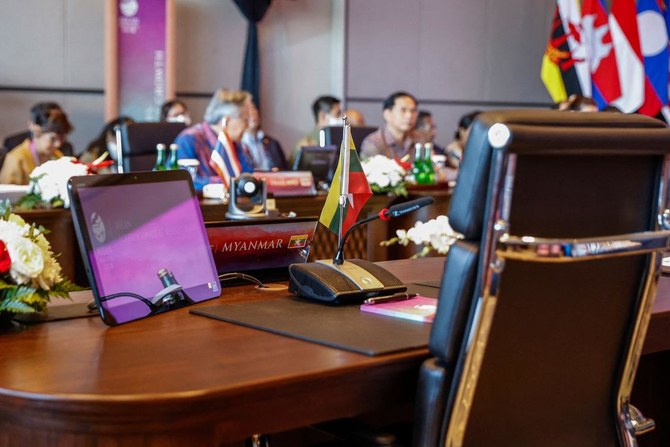Aishwarya KUMAR with Sean GLEESON in New Delhi
Tue, May 9, 2023

Apple is making its own push into India and last month opened its first two retail stores in the world's most populous country
Taiwanese electronics giant Foxconn has bought a huge tract of land on the outskirts of Indian tech hub Bengaluru, the key Apple supplier said in a filing Tuesday as it looks to diversify production away from China.
Also known by its official name, Hon Hai Precision Industry, Foxconn is the world's biggest contract electronics manufacturer and a principal assembler of Apple iPhones.
Both companies are seeking to shift manufacturing away from China after strict Covid policies, a bout of industrial unrest and ongoing diplomatic tensions with the United States hurt production.
The 1.2 million-square-metre (13 million-square-foot) acquisition in Devanahalli, near the airport for Bengaluru, was announced in a statement to the London Stock Exchange.
It said that subsidiary Foxconn Hon Hai Technology India Mega Development was paying three billion rupees ($37 million) for the site, the size of more than 50 Manhattan city blocks.
Another Foxconn unit was acquiring land use rights to a 480,000-square-metre site in Vietnam's Nghe An province, it added.
Karnataka state chief minister Basavaraj S. Bommai said in March that Apple would "soon" manufacture iPhones at a new plant that would create "about 100,000 jobs".
Bloomberg News reported that month that Foxconn was planning to invest $700 million in a new factory in Karnataka.
Foxconn chairman Young Liu visited the state then and also met with Prime Minister Narendra Modi, who has urged foreign firms to manufacture goods in the South Asian nation.
Foxconn has manufactured Apple handsets in India since 2019 at its plant in the southern state of Tamil Nadu.
The company is expected to break ground on a new facility in Telangana state next week, local media reported.
Two other Taiwanese suppliers, Wistron and Pegatron, also manufacture and assemble Apple devices in India.
- 'Good growth' -
Apple has been making its own push into India and chief executive Tim Cook last month opened its first two retail stores in the world's most populous country.
The California-based firm is betting big on the nation of 1.4 billion people -- home to the second-highest number of smartphone users in the world, after China.
Navkendar Singh of market intelligence firm International Data Corporation told AFP that Apple had already proved "quite successful" in India, with domestic iPhone sales of 6.7 million last year.
"This is good growth considering that Apple plays at the price range of more than $500 all the time," he added.
The world's biggest company in terms of market value is also expanding its manufacturing footprint in India.
Apple said last September it would manufacture its latest iPhone 14 in India, just weeks after launching the flagship model.
The country last year accounted for seven percent of Apple's iPhone production, according to Bloomberg, lagging behind the United States, China, Japan and other countries.
China, by far the leading producer of Apple products, saw production disrupted by violent protests last November at the country's largest iPhone factory, also owned by Foxconn.
Hundreds of employees protested over conditions and pay at the plant in the central city of Zhengzhou, spurred in part by public frustration over the government's zero-tolerance approach to Covid during the pandemic.
"Having contingency or diversification plans helps so you are not too dependent on one region," Counterpoint Technology Market Research senior analyst Prachir Singh told AFP.
"It's not like the Chinese operations will come down to zero," he added. "It is about building a similar world in India so they have multiple locations to rely on."
ash-gle/mtp







